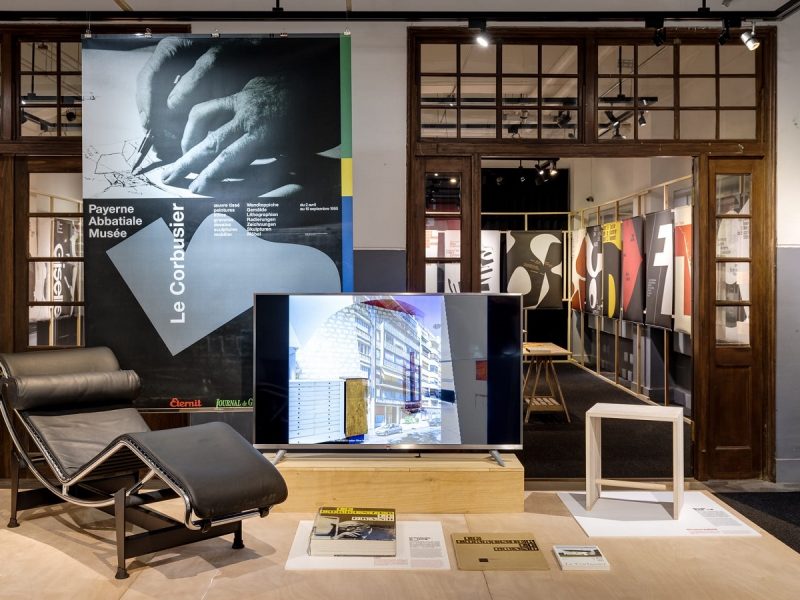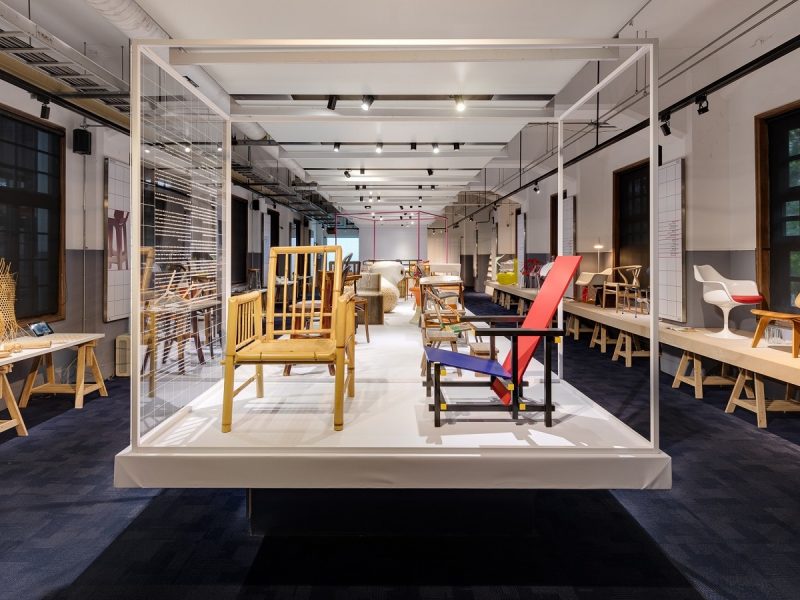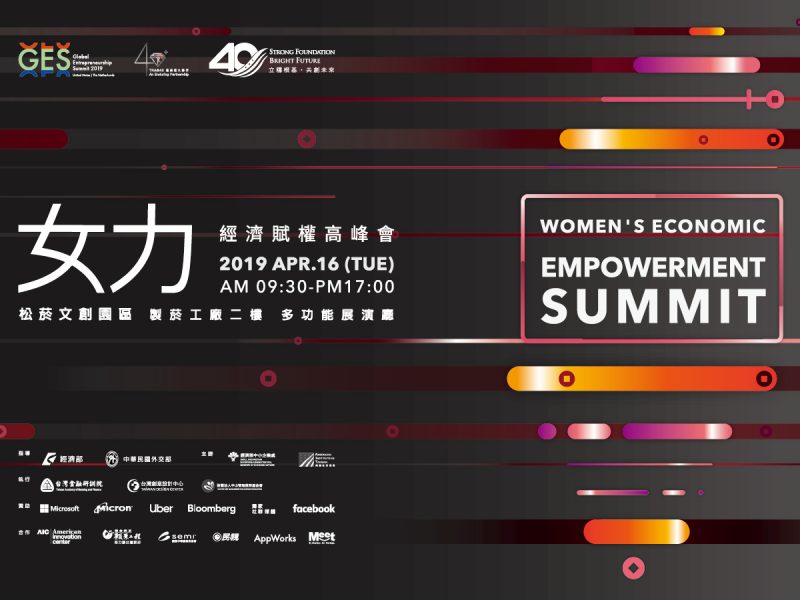Taiwan Design Center has long promoted art education through design. Now, they are focusing on integrating design across industries, encouraging cross-disciplinary fusion between design and innovation. To this end, Taiwan Design Center worked with the American Institute in Taiwan to build Asia’s first American Innovation Center in early 2014, marking this year as its 5th year anniversary. Through diverse presentation methods including digital multimedia, AI, VR, AR, and 3-D printing, the IMAGINE THAT! Exhibition puts on display the overarching trends of modern technology — helping shed light on how new technology can simplify life and spark new businesses and services.
Taiwan Design Center CEO, Tung-Jung Sung, stated “As AI, AR/VR, mobile networks and big data continue to develop and users become more familiar with these technologies, design is using more diverse methods to visualize smart technology. Those involved in the innovation process are intensely focused on figuring out how to use design to decipher consumers’ and end users’ needs.” To this end, this exhibition presents this idea through the lens of interactive technology, focusing on the following five topics: Future Cultural Experiences, Future Education, AI and Life, Experiencing Imagination, and Tools for Bringing Creativity to Life. These topics invite visitors into the space where design meets innovation.

This exhibition is hosted by the American Institute in Taiwan and the Taiwan Design Center, and implemented by the American Innovation Center. Attendance is free. This unparalleled experiential exhibition will be running from today until April 14th. Free souvenirs will be handed out to all attendees, as supplies last. All are encouraged to come to the American Innovation Center at Songshan Cultural Park and experience new technologies for themselves!
Future Cultural Experiences
Yahoo TV Lab used high technology motion pictures to create a virtual network community and bring to life Taiwan’s first virtual celebrity “Hoonie”. Furthermore, they introduced RYOT’s award-winning 360º VR video to create a virtual Wen-Je Po (the mayor of Taipei), who gives visitors information about topics as varied as inclusive playgrounds, swimming with wild dolphins, the Southern Branch of the National Palace Museum, and professional surfers.

Future Education
The Kebbi robot, designed and produced in Taiwan, can play multiple roles, such as storyteller, English teacher and game host. The adorable Kebbi robot has cognition and sensory ability, including voice, sight and touch. Through lifelike expressions and humanlike interaction, the robot can accompany children as they learn and strengthen children’s learning ability. At this year’s exhibition, Kebbi will be given a rare opportunity to reenact classic movie scenes and encourage attendees to get up and dance.


In order to solve the pain points for students on their educational journey, Kebbi gives students a chance to experience and understand each field of study on a deeper level. Using 3-D virtual reality, students aren’t just blindly memorizing lessons from their coursework, but are deeply engaged in a three dimensional learning experience — regardless of whether they’re studying human anatomy, the cause of natural disasters (like landslides), or physics. Surreal Education VR, first innovated in Taiwan in 2018, is the world’s first VR education assistant. In a classroom setting, where one instructor is responsible for teaching many students, VR can help teachers teach more efficiently and more quickly integrate into the classroom environment.

AI and Life
Through the joint efforts of the Digital Crime Unit (DCU) and law enforcement agencies of each country, AI Cloud’s calculation technology can visualize sprawling data of information about world viruses. Using world maps, AI displays the degree of information security in different regions across the globe: “By creating an information security network, we can extinguish the power of organizations behind cyber security attacks”

▲ IBM Watson Visual Recognition technology can identify whether an object can be recycled and, if so, how to recycle it properly — all from a photo taken on a smart phone. AI isn’t just about robots and self-driving cars — it can also help us protect the environment!
Experiencing Imagination
2019 marks 50 years since man walked on the moon. Although most of us can’t physically fly to the moon, we can use virtual reality to experience what it feels like to step on the moon’s surface, reliving Louis Armstrong’s historic moon landing for ourselves. Virtual moon landers all receive a personal card with a QR-Code that they can use to download of photo of themselves on the moon and treasure for years to come.


NASA’s highly advanced space launch system is highly suitable for a new generation of space exploration, penetrating into the pockets of the universe outside Earth’s orbit. While the vast majority of people don’t get the opportunity to enter a rocket cabin, or be at the launching pad during take off, the NASA VR experience gives everyone the opportunity to momentarily step into astronauts’ shoes.

Tools for Bringing Creativity to Life
In addition to 3-D printers and 3-D printed objects, the event will also have a 3-D pen. Every bit as easy as drawing on a page, attendees can use the 3-D pen to create physical objects — and let their creativity and imagination run wild.













